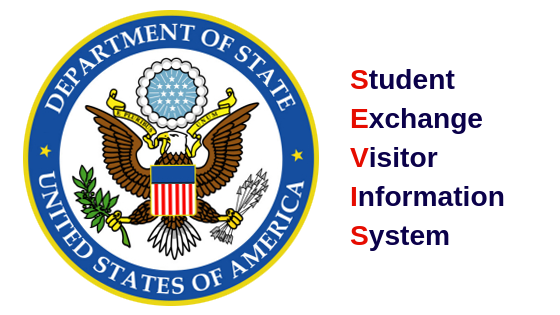
Recently a student called my office asking to talk to the “F-1 attorney.” The student was employed using his STEM Optional Practical Training (OPT) and his employer was seeking to change his status to H-1B for continued employment.
Last year their H-1B petition was accepted in the H-1B lottery only to be denied for various reasons. In the denial USCIS stated that he was out of status for having more than 90 days of unemployment.
The denial shocked him and he was concerned about how the new policy on unlawful presence would affect him. His company filed a new H-1B petition this year which was selected in the H-1B lottery. He feared that last year’s decision and the new policy would cause the petition to be denied again.
The Trump Administration’s increased visa scrutiny and recent immigration rule changes and pronouncements have many students nervous and reeling.
Until last month, USCIS had followed the unlawful presence guidelines spelled out by the former Immigration and Naturalization Service (INS) and in effect since 1997. Those INS rules took the view that students’ Duration of Status (D/S) “takes as long as it takes” and that as long as students maintained their status they could stay to complete their degree and training if applicable.
Per those rules, the Duration of Status did not incur unlawful presence until the day after USCIS formally found a nonimmigrant status violation while adjudicating for another nonimmigrant benefit or the day after an immigration judge ordered the applicant excluded, deported or removed.
USCIS has revised the rules under direction from the current administration, putting the onus on students to track any unlawful presence accrual and to ensure that they are in good standing. The unlawful presence clock for any student out of status started August 9, 2018, the day that USCIS issued their memorandum, unless it had been determined by the prior rules before that date.
To justify the changes, USCIS claimed that former difficulties in determining when a student fell out of status no longer existed due to tools developed since 1997. The linchpin of this enforcement is the Student and Exchange Visitor Information System (SEVIS), a database that houses all student visa holders’ status information.
The seeds for developing SEVIS were sown after an investigation into the 1993 World Trade Center bombing revealed that Eyad Ismoil, one of the terrorists involved, was in the United States on an expired student visa. After years of information gathering and prototype testing, SEVIS was launched in 2002, on the heels of the September 11 attacks and a further wave of student visa scrutiny.
Student visa holders now have to be even more vigilant about maintaining their status, ensuring their SEVIS records are current, and making sure they don’t accrue too much unlawful presence time.
Maintaining students’ visa status means:
- Students must take a full course load. Students and their advisors should know this to avoid an insufficient course load invalidating the visa.
- Students must have a valid unexpired passport and a valid unexpired I-20 or DS-2019 form at all times. It is recommended that the passport is valid at least 6 months into the future.
- Students should only do authorized work and make sure SEVIS is kept updated. Volunteer work positions do not count as STEM OPT authorized work (F-1). Students should also be mindful of the number of hours worked in on-campus jobs and not exceed any visa dictated limits.
- Students need to ensure SEVIS reflects any changes of address or employment.
Schools must keep detailed records in SEVIS and will now need to reach out to students more frequently to stay current. Students may access their records through a student portal into SEVIS. We recommend checking this database at least once a semester and after any change in program.
Students should know that USCIS is trying to ban OPT training at third party locations and work with their employers to ensure their training does not lead to the accrual of unlawful presence time. Students working at a third-party location as of August 9, 2018 may be at risk of retroactive unlawful presence accrual.
USCIS focuses on the student’s current stay in the U.S. If carefully planned, travel out of the country can reset the clock on unlawful presence upon their return. Students must take care that SEVIS reflects their true situation and that they have not accrued more than 180 days of unlawful presence before they travel. If their visa status is questionable in any way, they may be denied re-entry.
Re-entry and visa applications may be denied based on errors or outdated information in SEVIS. It is crucial that students ensure their SEVIS profile is current, reflecting their current address, location of work and any travel out of the country.
This is what happened to the panicked F-1 student who called my office. Reading through USCIS’s decision from his first H-1B application I saw that they had assumed he had 45 days of unemployment due to missing paystubs and employment records. But I also saw that the student had left the country, drawing a clean slate on his unlawful presence accrual upon his return. The decision would not hold up upon review.
I expressed hope to the student that his second H-1B petition would be granted.
Maintaining valid F-1, M-1 or J-1 status is critical with this new policy on unlawful presence. Navigating the process of keeping SEVIS current and avoiding nuances on record that could be misconstrued as unlawful presence puts a heavy burden on students and school administrators. Our office is happy to offer a workshop or webinar to your international students to alert them to the need to keep SEVIS up to date and to communicate any changes to you in a timely manner.
Please call us 630-262-1435 or email us if you are interested.
